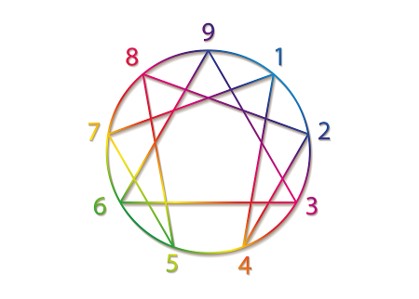
In the evolving world of business, where soft skills and team dynamics have become integral to success, understanding oneself and one’s colleagues has never been more vital. Enter the Enneagram: a nine-pointed system that dives deep into the human psyche, offering insights into our core motivations, fears, and desires. While traditionally used for personal growth, the Enneagram’s applications in the corporate world are gaining traction. Let’s explore how this ancient tool is revolutionizing modern workplaces.
Every leader brings a unique style to the table, influenced by their experiences, beliefs, and inherent personality traits. The Enneagram identifies nine distinct personality types, each with its strengths and potential blind spots. For instance, a Type 3 leader, known as the Achiever, might excel in setting and attaining goals but might struggle with overemphasis on image or success. Understanding these nuances equips leaders to lean into their strengths while being vigilant of potential pitfalls.
Teamwork is the bedrock of any successful venture. Through the Enneagram, teams can gain insights into how each member operates, communicates, and processes information. A Type 5, the Investigator, might prefer gathering all information before making decisions, while a Type 7, the Enthusiast, could thrive in brainstorming sessions and seek varied experiences. By recognizing these differences, teams can create an environment where every member feels valued and plays to their strengths.
Miscommunication is often the root cause of workplace conflicts. The Enneagram sheds light on how different types prefer to communicate. For instance, a Type 8, known as the Challenger, might value direct and transparent communication, while a Type 9, the Peacemaker, might avoid confrontation. Recognizing these patterns can lead to more empathetic and effective communication strategies.
Conflicts are inevitable in any organization. The Enneagram provides a roadmap to understand potential triggers for each type and offers strategies for conflict resolution. For example, a Type 2, the Helper, might take on too much and feel unappreciated, leading to resentment. Recognizing this pattern allows teams to address concerns before they escalate, fostering a harmonious workplace.
The Enneagram isn’t just about understanding our current state but also illuminates paths of growth. Each type has a direction of integration (showing growth) and disintegration (indicating stress). A Type 4, the Individualist, under stress might resemble an unhealthy Type 2, becoming overly involved in others’ lives. In contrast, when growing, they might move towards a Type 1, the Reformer, becoming more principled and purposeful.
The Enneagram’s beauty lies in its depth and versatility. In a business setting, it serves as a compass, guiding individuals and teams towards better collaboration, communication, and growth. In the race towards technological advancements and robust strategies, the Enneagram reminds businesses of the age-old truth: success starts with understanding the human behind the role.